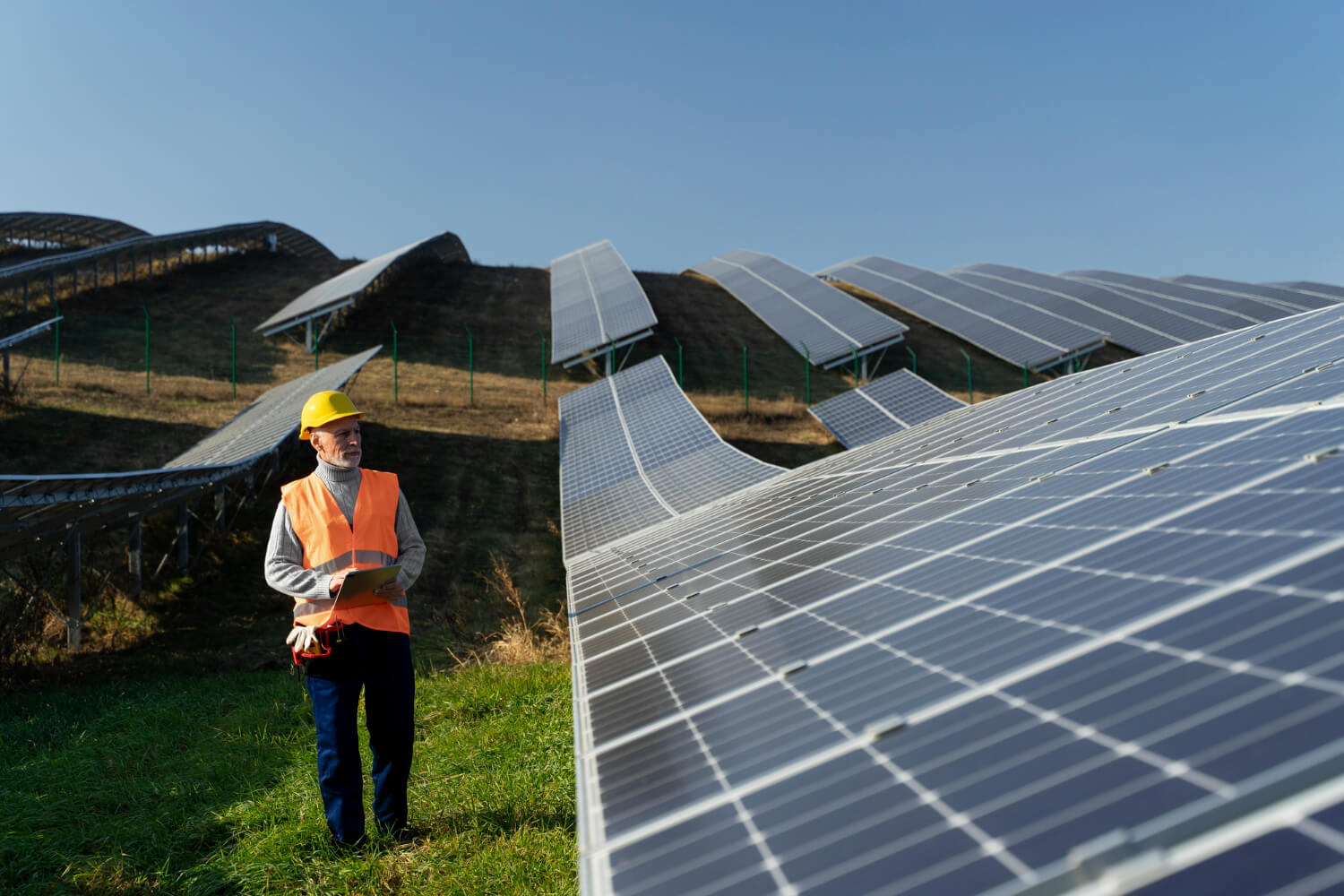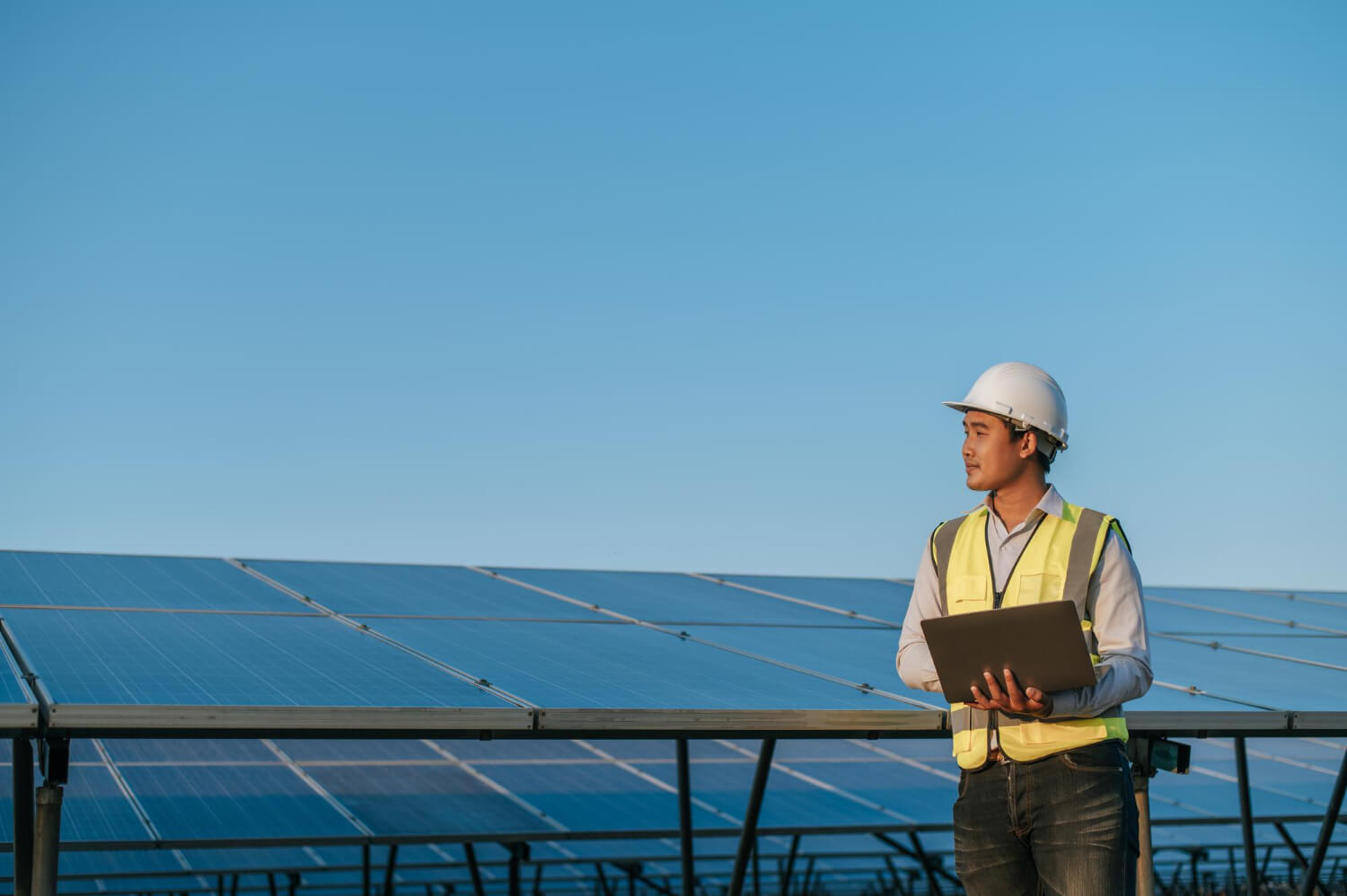In an exciting step toward sustainability, Rio Tinto Stadium, the iconic home of Major League Soccer’s Real Salt Lake and the USL Real Monarchs, has partnered with Auric Solar to bring a groundbreaking solar energy project to the state of Utah. This collaboration will result in the installation of the largest privately-owned solar array in the state, transforming the stadium into a beacon of environmental responsibility in the world of professional sports.
A Major Milestone in Solar Energy
The new solar system, a 2,020-kilowatt array, will be strategically installed across Rio Tinto Stadium’s existing infrastructure, as well as new covered parking areas that will be added to the site. The solar panels are expected to generate enough power to offset a remarkable 73% of the stadium’s total annual power needs, making it the largest solar offset in North American professional sports. The installation, set to be completed in six months, is expected to be fully operational by October 2015, ushering in a new era of energy efficiency for the stadium.
For a venue that hosts over 50 major events annually, including soccer matches, concerts, and other large gatherings, this ambitious project will significantly reduce its reliance on traditional energy sources. By harnessing the power of the sun, Rio Tinto Stadium is setting an example of how sports venues can play a pivotal role in reducing their carbon footprint and embracing sustainable practices.
The Impact on the Local Community
The environmental impact of this massive solar initiative extends beyond the stadium itself. With the solar array installed on the roof and parking structures, the system will help mitigate the venue’s environmental footprint while enhancing the fan experience. The new covered parking structures will not only serve as a source of renewable energy but will also provide additional, high-quality parking options for the stadium’s 15,000+ season ticket holders.
According to Dell Loy Hansen, the owner of Real Salt Lake and the Real Monarchs, the partnership with Auric Solar is a step forward in improving both the operational efficiency of the stadium and its contribution to environmental sustainability. “We are partnering with Auric Solar to increase our power efficiency while hosting more than 50 massive events each year in Sandy,” Hansen said. “The new solar-covered parking structures will improve the quality of parking options for our 15,000+ season ticket holders and provide our state and the surrounding environment with the largest solar energy offset for any U.S. professional sports venue.”

This forward-thinking move comes at a time when more and more businesses, especially those with large facilities, are realizing the importance of renewable energy sources. By committing to solar power, Rio Tinto Stadium is helping lead the way for other sports venues and large organizations to follow suit.
Environmental Benefits
The environmental benefits of the solar array are substantial. The energy generated by the system will be equivalent to removing 450 cars from the road each year. This reduction in greenhouse gas emissions will significantly contribute to cleaner air and a healthier environment for the surrounding community. Additionally, the project will have the environmental equivalent of planting 47,278 trees annually, further supporting the state’s efforts to combat climate change and preserve its natural beauty.
For fans, this initiative represents more than just a commitment to renewable energy—it’s a clear message about the role sports organizations can play in creating a more sustainable future. It also serves as a reminder that every sector, from entertainment to hospitality to sports, has a responsibility to contribute positively to the environment.
A Future of Sustainability in Sports
Rio Tinto Stadium’s solar project is part of a growing trend in the sports industry toward adopting eco-friendly practices. From energy-efficient lighting and waste reduction initiatives to carbon-neutral events, many stadiums and sports organizations are recognizing the need to innovate for a greener future.
As one of the largest solar energy projects in the sports industry, the Rio Tinto Stadium initiative is an example of how even large-scale entertainment venues can leverage technology to drive sustainability. The success of this project could inspire other sports teams and venues across the nation and around the world to take similar steps in reducing their environmental impact.
Looking Ahead

With the partnership between Rio Tinto Stadium and Auric Solar set to transform the way the venue consumes energy, the long-term benefits are clear. Not only will the project reduce operational costs and improve energy efficiency, but it will also solidify the stadium’s commitment to supporting the local community and the environment.
As the solar array becomes operational in the fall of 2015, the stadium will continue to be a leader in sustainable practices. It will serve as a model for other professional sports venues, showing that integrating renewable energy sources into large facilities is not only achievable but also beneficial for both the environment and the bottom line.
In a world where the effects of climate change are becoming increasingly apparent, projects like this one are a step in the right direction. As Rio Tinto Stadium demonstrates, embracing sustainability is not just good for business—it’s good for the planet.



